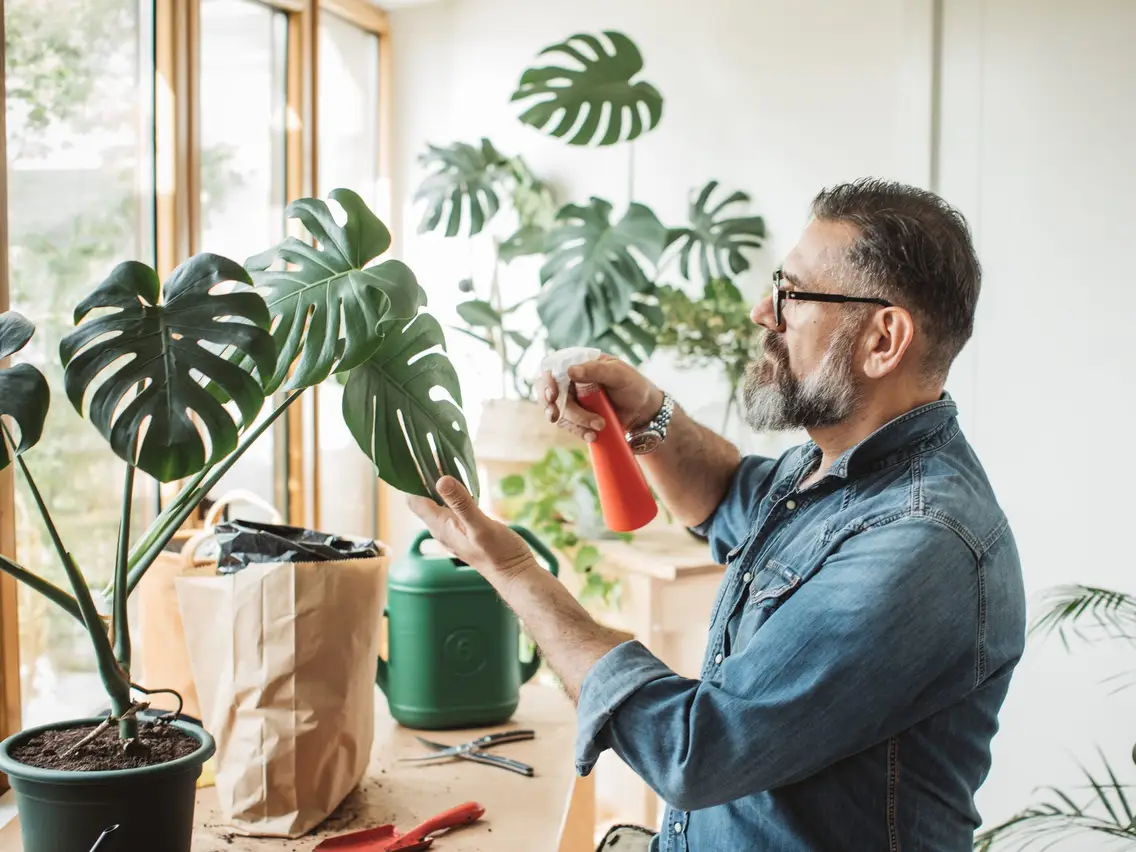One of the most magnificent plants that you can grow indoors is the monstera plant, also known as the Swiss Cheese Plant. The monstera is one of the easiest houseplants to care for, but it does need some attention if you want to grow it well and healthy.
If you are looking to take good care of your monstera plant, read on for the following tips on how to care for it like a pro.
How Much Light Does Monstera Plant Need?
The monstera plant needs to be placed in a location that receives at least six hours of sunlight each day. It can be placed in a brightly lit room, but the leaves will not have as much green color and may turn brown or yellow.
In order to care for your monstera plant, you should place it near a window that faces the direction of sunlight. It can either be in the direction of east or west.
If this is not possible, set up lights in a way to simulate natural light. Do not put the monstera in direct sun when it’s hot outside because they need protection from high temperatures and full sun exposure. Keep your plant moist by misting its leaves with water.
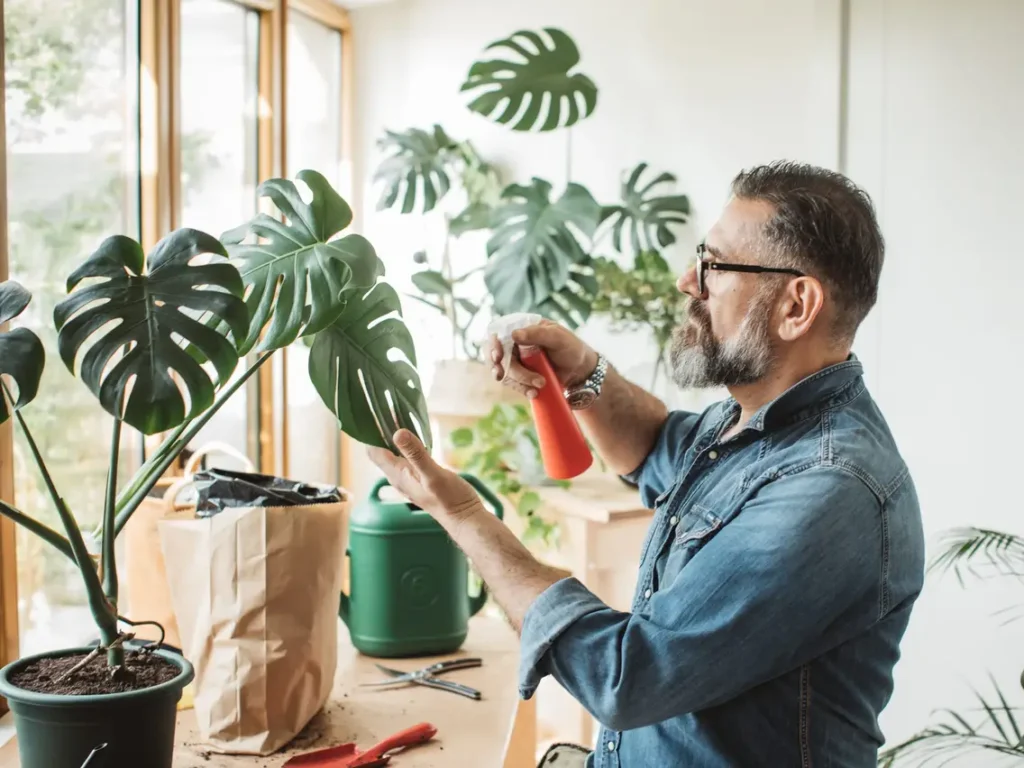
How to Propagate a Monstera Plant?
Monstera plants are a highly-priced group of plants, and you can’t just get these kind of plants every now and then. The best way to multiply your monstera collection and save money is to propagate your monstera plant.
You might be thinking of it as a toilsome process but trust us, it’s not difficult at all. Rather, it’s easier than most plants. Below is an easy process for propagating your monstera plant.
First of all, take a cutting from a healthy monstera plant. Place this cutting in a pot with rich, organic potting soil that has been watered well. Make sure to place the cutting’s stem into the ground so that it is buried just below its leaves.
Keep the soil moist at all times, but not wet. This is because watering too much will cause roots to rot and make it difficult for them to grow.
When to Water your Monstera Plant?
Monstera plants are derived from tropical climates. That’s why they like to be in a moist environment. The easiest way to know how often to water your monstera plant is by checking the soil. When the top two inches of soil are dry, it’s time for watering.
We recommend using tepid water and using a soft spray nozzle. Don’t soak the pot in water, as this can promote root rot. It’s best to wait until morning or later in the evening before watering again.
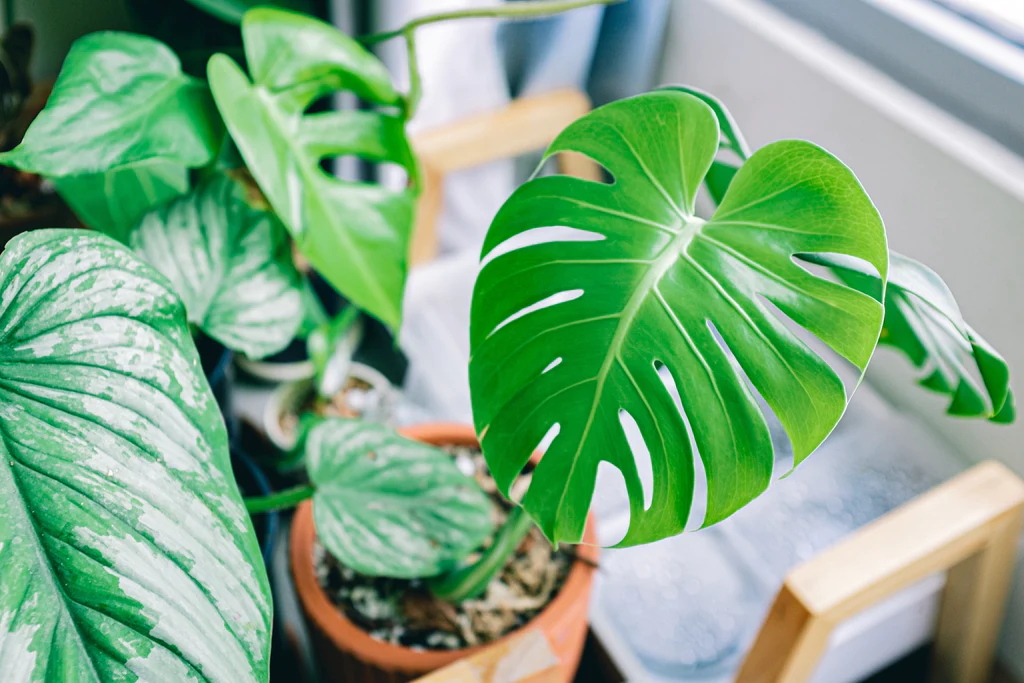
How to Fertilize a Monstera Plant?
It’s right that the monstera plant grows quickly, but it doesn’t need a lot of fertilizer. It is recommended that you fertilize the plant once a month with a water-soluble fertilizer.
Do not apply any fertilizer within 2 months of repotting your monstera. After 4-6 weeks, apply another dose and repeat this process monthly. Also, remember that large monstera plants will need more fertilizer than smaller ones.
Fertilizers can burn the leaves, so it’s important to keep them trimmed on a regular basis as needed, so they don’t touch the soil. Dead leaves will eventually turn brown and will need to be removed for proper air circulation and drainage.
How much Temperature Does Monstera Plant Need?
It is important to know the right temperature for your plant. The Monstera plant requires a warm, humid climate that ranges from 65°F to 75°F (18°C to 24°C) with a daytime temperature range of 68-72 F (20-22 C).
Do not expose it to temperatures below 60 F or above 95 F. In addition, this plant does best in bright light and should be positioned near an east or west-facing window. This plant thrives good in humid and tropical environments, and it needs regular watering and care.
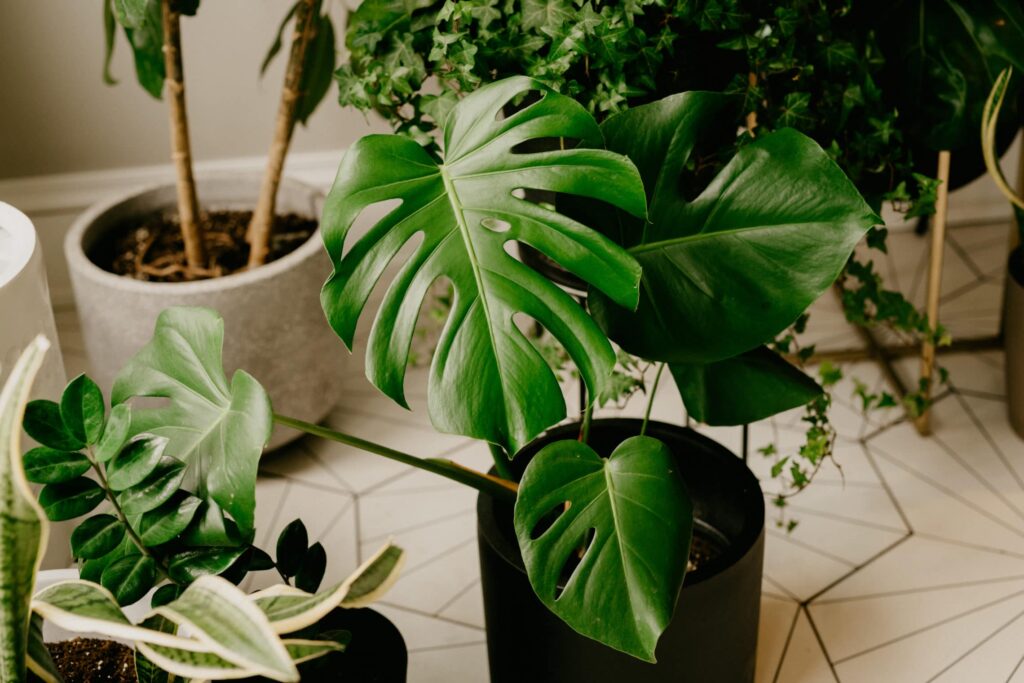
What to do with Dropping Leaves of Monstera Plant?
If your plant is indoors, you can drop the leaves in a potted plant. This will not only make sure that the leaves are disposed of properly, but it will also help to fertilize your other plants.
If your plant is outdoors, you can just leave them on the ground. They do not pose any threat to animals or people, so they won’t be of concern if they are left where they fall.
If you would like to dispose of them yourself, pick up as many as you can find and place them in a plastic bag. Tie off the bag and put it into the trash bin outside.
How to Stop Drooping Monstera Leaves?
If your monstera plant has drooping leaves, it may be due to more than one reason. Often, there is nothing wrong with the plant, and it is only shedding its leaves to make place for new ones.
However, it can also be caused due to over and under-watering. The monstera plant doesn’t need much water. It needs to be watered after every 5 to 10 days, no sooner, no later. Most people daily water their monstera plant, and this is the reason its leaves start to droop.
If you plan on daily watering your monstera plant, it is recommended to only use moist to sprinkle a little water on the leaves and soil. And wait for the soil to dry out between waterings.
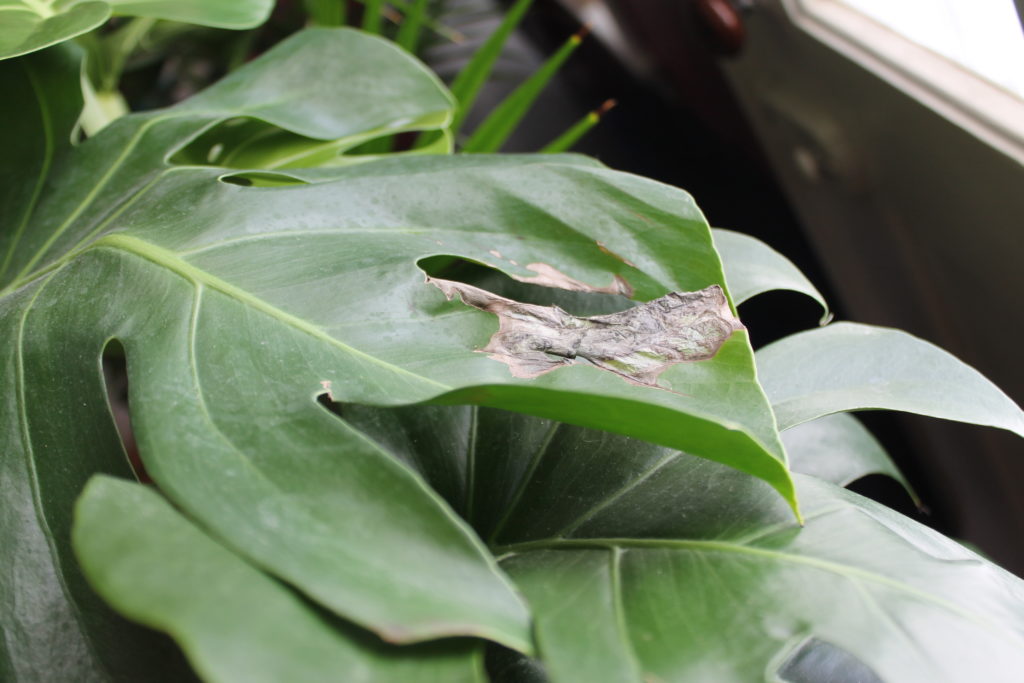
How to Protect Monstera from Pests?
Monstera is not a plant that will easily get attacked by pests. However, when it is unhealthy or not properly fed, it may become vulnerable to certain diseases. You can prevent pests from attacking your plant by noticing little signs.
If you notice any bugs or pests around the plant, it’s time to clean the leaves and soil before the situation gets worse. Regular cleaning and spraying will help the plant fight off any pests and harmful germs.
Also, proper lighting, a humid environment, and watering will also help the plant recover and thrive better.
From these above-mentioned tips, you would have known that monstera is a low-maintenance and beginner-friendly plant. You can easily take care of it by ensuring a basic plant care schedule and general cleaning habits.

